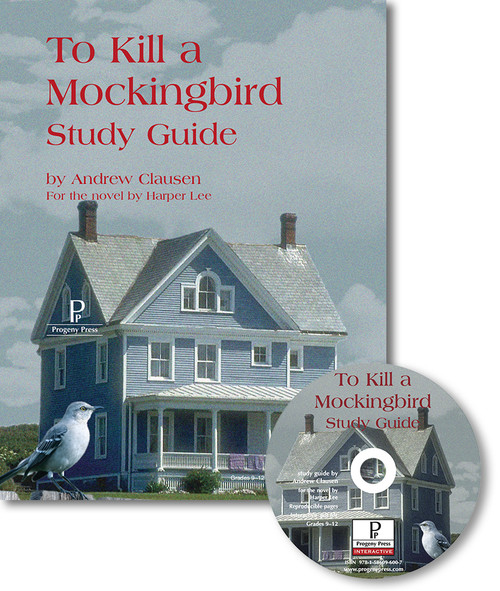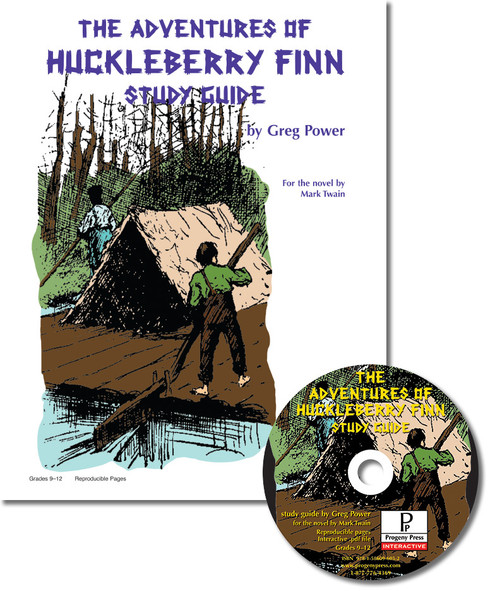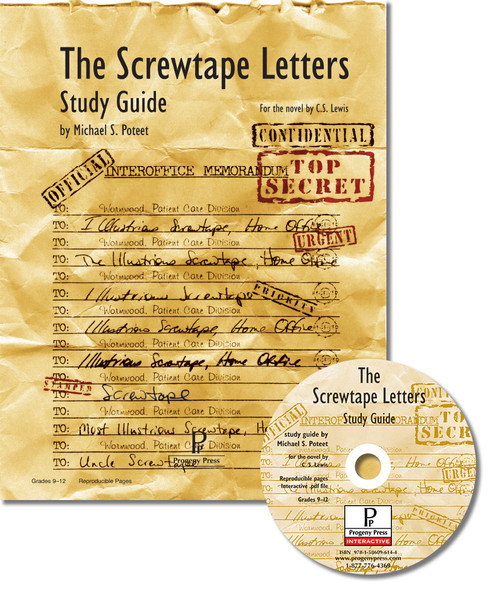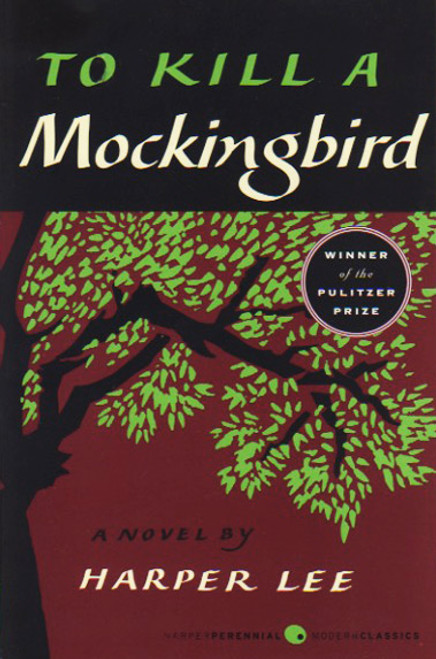Description
A heart-wrenching and touching coming-of-age tale set in the 1930s South, poisoned by bigotry and racism. Scout will witness her father, a white lawyer, defy public opinion to defend a black man falsely accused of rape.
In the sleepy southern town of Maycomb, Alabama, Scout Finch and her brother Jem revel in the glory days of childhood, trading stories and superstitions with Dill Harris, the imaginative nephew of their neighbor. Dill is especially fascinated with the legends surrounding the mysterious Boo Radley, who stays in his house all day, but, according to rumors, comes out at night to dine on squirrels and cats and peek in windows. Their summer days are spent adding to the Boo Radley legends or devising ways to make Boo come out.
Scout becomes increasingly uneasy about playing games that revolve around Boo Radley. Guided by the wisdom of her father, Atticus, and Calpurnia, their cook, Scout is learning the ways and unwritten rules of southern society and how to get along in it.
Atticus is a lawyer with an extremely difficult case on his hands. Tom Robinson, a black man, has been accused of raping a white girl. With deep-seated prejudice working against him, Atticus fights to prove his client innocent. Scout and Jem watch while their otherwise civilized neighbors show subtle disapproval or outright distaste for Atticus's defense of a black man.
Progeny Press' To Kill a Mockingbird English/Language Arts curriculum will provide your High School grade student with:
English/Language Arts credit: This is a one-quarter credit high school level literature curriculum.
Background Information: Learn the background behind the civil rights movement and equal rights.
Author Biography: Learn more about Harper Lee.
Before-You-Read Activities: Written or oral reports on American Civil War, Slavery, or Civil Rights movement, study the U.S. Constitution, Jim Crow laws, listen to Martin Luther King, Jr. and write a response.
Vocabulary: Understand words used throughout the novel, utilizing a variety of activities to stimulate retention and growth.
Literary Techniques: In context, synonym, setting, characterization, point of view, exposition, foreshadowing, similes, metaphors, extended metaphor, foil, irony, dynamic and static characters, theme, motif.
Moral Lessons and Character Values: Point of view, superstition, rumor, private and public life being the same, pride, reaction to insults, courage, unity, division, justice, discrimination, racial injustice, hypocrisy.
Activities and Writing Assignments: including five choices of comparison essays, race relations, and equality.
Suggestions for Further Reading: We include an in-depth reading list of more books by the same author(s) and other books that tie in with, or are similar to, To Kill a Mockingbird. Movie suggestions included.
All of Progeny Press' Language Arts unit lessons are written from a Christian worldview!
Features and Benefits of a Progeny Press ELA study guide
Printed Workbook Format
- Large 8.5x11 format is convenient to read and easy on tired teenage high school student eyes
- Every question in our novel unit study has plenty of whitespace for high school level student’s answers
- Encourages neat and clean handwriting practice
- Easily transports without the need for a laptop or other expensive equipment
- Provides a permanent record of the student’s work
- Complete, removable answer key included for the teacher to make grading simple!
CD Format
- Provides the study guide in universally compatible PDF format (works on Mac AND Windows)
- No costly software purchases necessary
- Our PDF Study Guide should be opened with the FREE Adobe Reader program. With the interactive feature, students have the capability of entering their answers directly on the computer and saving their work in progress.
Note: Mobile Devices/Tablets may require alternative app that supports and saves fillable form fields. - Or choose to conveniently print what you need, when you need it:
- Print the whole ELA PDF study guide at once
- Print single literature lessons or pages as the student completes them
- Print multiple copies of the entire curriculum study guide for classroom sets
- PDF format makes it easy to use with multiple students
- Complete separate answer key PDF file included for the teacher!
Formatted with your High School grade student in mind, Progeny Press language arts study guides divide the book into writing assignments and lessons that strengthen their reading comprehension, vocabulary, and refines their critical analysis and writing skills. Each Progeny Press novel study accomplishes all of this without busy work that can drain the fun out of reading and literature! Kids have loved using Progeny Press ELA curriculum in homeschool, co-ops, and private schools around the world for over 30 years!











